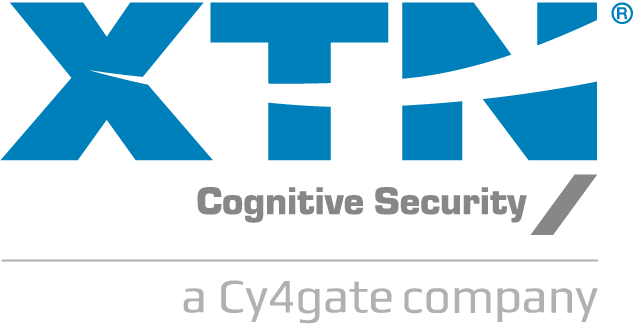
Keep your digital business safe from Insurance Policy Fraud with XTN Cognitive Security®:
Insurance policy fraud is an escalating threat for insurers, particularly as the industry increasingly moves to digital platforms. This transition has created new vulnerabilities that fraudsters can exploit. From submitting false applications to engaging in organized schemes, insurance fraud encompasses a range of deceitful activities that can lead to significant financial losses. To address these challenges, insurers must implement advanced strategies to protect their operations and maintain the trust of their customers.
Insurance policy fraud refers to the act of providing false or misleading information during the insurance application process.
This can manifest in two primary forms:
Misrepresentation: The applicant deliberately provides incorrect information or omits critical details to secure a more favorable premium or policy terms. Common misrepresentations may include inflating property values, lying about health conditions, or falsifying income.
Non-disclosure: This occurs when an applicant fails to disclose relevant information, such as pre-existing medical conditions or previous claims history, which could affect the insurer’s risk assessment.
Fraudsters employ various tactics to manipulate the insurance application process:
These tactics often slip through the cracks of conventional fraud detection systems, increasing the financial risks for insurers.
As the insurance industry embraces digital transformation, fraudsters have more opportunities to exploit system vulnerabilities. The lack of direct interactions makes it easier for applicants to misrepresent their identities and conceal crucial information. Traditional fraud detection methods often fail to identify real-time behavioral anomalies, making it essential for insurers to adopt more proactive measures to pinpoint high-risk applicants.
Our advanced fraud detection solution empowers insurers to mitigate the risks associated with insurance policy fraud through real-time analytics during the application process.
Key features of our solution include:
Behavioral Analytics: We analyze user interactions at the point of application, detecting signs of suspicious behavior, such as excessive savvy or unusual patterns of data entry.
Consistency Checks: Our system verifies personal data and geolocation elements to identify anomalies, such as repeated use of the same information or flagged devices.
Watchlists: We maintain updated lists of Indicators of Compromise (IoCs) associated with known fraudulent activities, enabling insurers to make informed decisions before approving policies.
By verifying the economic reliability of applicants, our solution helps reduce the likelihood of fraud, ultimately safeguarding the insurer’s bottom line and enhancing operational integrity.
Consequences of Insurance Policy Fraud can impact a digital business by:
• Financial loss
• Reputational damage
Have any question? We’d love to hear from you.

Copyright © XTN Cognitive Security S.r.l. 2024
Rovereto – Padua – Milan
New York
All Rights Reserved
VAT ID / P.IVA IT04395340286
REA TN – 201845
Share capital 10,000 €

XTN Cognitive Security’s “Information Security Management System” is ISO/IEC 27001:2022

XTN Cognitive Security's information security management system is ISO/IEC 27001:2013